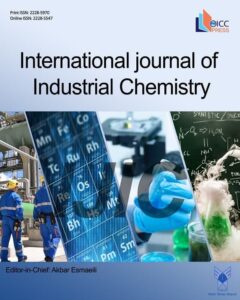Sevoflurane postconditioning attenuates hepatic ischemia-reperfusion injury in rats by activating Nrf2/HO-1 signaling pathway
Authors
Abstract
Objective: To investigate the effect of sevoflurane postconditioning on the levels of Nrf2 expressed in the early stage of hepatic ischemia-reperfusion injury (HIRI) in rats and to explore the possible Mechanism of sevoflurane postconditioning in attenuating HIRI.
Methods: 24 S.D. rats were randomly divided into Sham group, Sevoflurane group, HIRI group, and HIRI+Sevoflurane group. The HIRI model was established, and 2% sevoflurane was inhaled for 30 min after restoring the liver blood supply.
Results: Comthe compared to the Sham group, the liver from the rats in the HIRI group demonstrated apparent tissue damage, the percentage of TUNEL-positive cells was significantly increased, and the levels of ALT, AST, TNF-α, IL-6, and IL-8 in the serum were significantly elevated (P < 0.01). Moreover, in the HIRI group, Nrf2, HO-1, Bcl-2, SOD, GSH, MDA, and Bax levels were remarkably reduced (P < 0.01). Compared with the HIRI group, the rats in the HIRI+Sevoflurane group presented alleviated liver tissue damage, decreased the ratio of TUNEL positive cells, significantly decreased the levels of TNF-α, ALT, AST, IL-6, and IL-8 in the serum (P < 0.01), among other markers for oxidative stress.
Conclusion: Sevoflurane postconditioning may attenuate HIRI in rats by inhibiting the oxidative stress injury of liver cells via activating the Nrf2/HO-1 signaling pathway.


